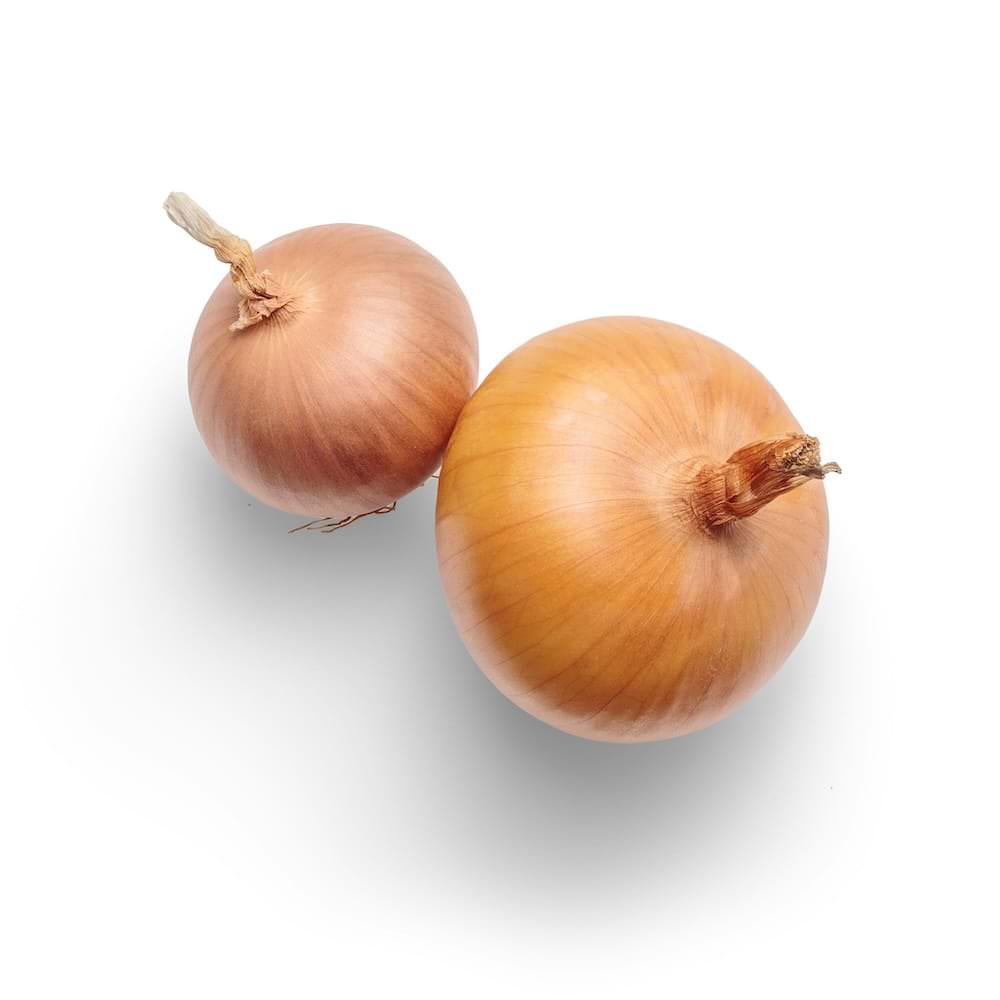oignon pronunciation
Why isn’t the French word oignon (onion) pronounced like the French word moi (me)?
The short answer is that the irregular pronunciation of oignon (approximately “ohn-yon”) is a fossil of its historical spelling and etymology. The difference between it and a word like moi (“mwa”) comes down to a specific spelling reform.
Let’s break it down.
1. The “oi” Digraph and Its Two Pronunciations
In modern French, the letter combination “oi” is almost universally pronounced as /wa/ (like “wa” in “watt”). This is a sound that evolved from Latin.
- moi -> /mwa/
- toi -> /twa/
- boire -> /bwar/
- foire -> /fwar/
- loi -> /lwa/
However, oignon is a major exception. Its “oi” is not pronounced /wa/ but as a simple /ɔ/ sound (like the “o” in “off”). So, we have:
- oignon -> /ɔ.ɲɔ̃/ (which sounds like “ohn-yon”)
2. The Historical Reason: The “i” Was Never Meant to Be Pronounced
The key is to understand that the “i” in oignon was never part of an “oi” digraph meant to make the /wa/ sound. Its origin lies in its Latin root:
- Latin: unio (meaning “onion,” but also “a single large pearl”)
- Over centuries in Old French, this evolved. The “u” sound shifted, and an epenthetic (inserted) “g” sound appeared in the spelling to mark the palatal “n” sound (the “gn” or /ɲ/).
- The spelling stabilized as oignon. The “i” was added not to change the vowel sound but to create the “gn” (/ɲ/) digraph, which is the French equivalent of the Spanish “ñ” or the Italian “gn” (as in “lasagna”).
In essence, the word was never “oi-gnon” but rather “o-gnon”. The “i” is purely a spelling device to modify the “g,” telling the reader to pronounce the unique palatal nasal sound /ɲ/.
3. The Spelling Reform: Why “Moi” is Different
This is the crucial part. The reason we don’t have this confusion in a word like moi is that its “i” is part of the “oi” digraph.
However, oignon wasn’t alone. There was a small family of words that historically had this same “oi” spelling for an /ɔ/ sound, all derived from Latin words with a “u” or “o” sound:
- poigne (grip, fist) -> /pwaɲ/ (now usually /pwaɲ/, but historically /pɔɲ/)
- poil (hair) -> /pwal/ (but came from Latin pilus)
- foire (fair) -> /fwar/ (from Latin feria)
Over time, the pronunciation of most of these words regularized to the modern /wa/ sound. Oignon and a few others (like the old spelling of poigne) stubbornly held on to the older pronunciation.
4. The Modern Twist: The Spelling Reform of 1990
To resolve this exact confusion, the French language academies recommended spelling reforms in 1990. One of the changes was to make the spelling of oignon match its pronunciation by removing the redundant “i”.
The “correct” or recommended modern spelling is now: ognon
You will increasingly see this spelling in France, especially in textbooks and modern publications. However, the traditional spelling oignon remains extremely common and is still accepted. It’s a classic example of a spelling in transition.
Summary
| Feature | Oignon (Traditional) | Moi |
|---|---|---|
| Pronunciation | /ɔ.ɲɔ̃/ (“ohn-yon”) | /mwa/ (“mwa”) |
| “oi” Function | The “i” is part of the “gn” digraph. | The “oi” is a true vowel digraph. |
| Etymology | From Latin unio (the “u” > “oi” for /ɔ/ sound) | Evolved naturally with the /wa/ sound |
| Modern Spelling | Ognon (recommended reform) | No change |
In conclusion: The irregular pronunciation of “oignon” is a holdover from its Latin root and an old spelling convention where “oi” represented a different sound. The “i” is not for the vowel sound but exists to create the “gn” (/ɲ/) sound. This distinguishes it from words like “moi,” where the “i” is an integral part of the standard “oi” digraph pronounced /wa/. The recommended modern spelling ognon finally fixes this historical inconsistency.






